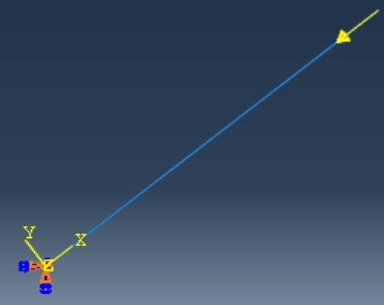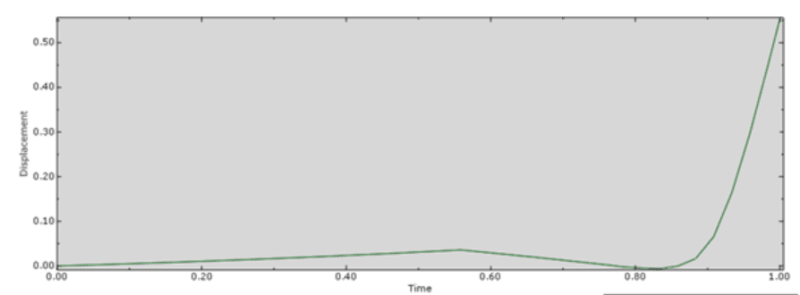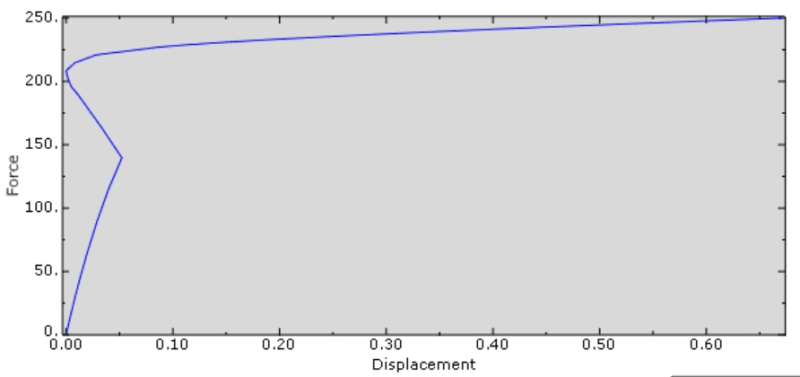Navigation
Install the app
How to install the app on iOS
Follow along with the video below to see how to install our site as a web app on your home screen.
Note: This feature may not be available in some browsers.
More options
Style variation
-
Congratulations TugboatEng on being selected by the Eng-Tips community for having the most helpful posts in the forums last week. Way to Go!
You are using an out of date browser. It may not display this or other websites correctly.
You should upgrade or use an alternative browser.
You should upgrade or use an alternative browser.
Negative Slope Load Displacement Curve, Abaqus 1
- Thread starter Entherm
- Start date
- Status
- Not open for further replies.
- Thread starter
- #3
- Thread starter
- #5
This is the beam; it is a simple steel rectangular beam with base fixed and static compression applied at the top. The beam would buckle at almost 1 kip but I have to apply a load beyond yield so I constrained (kinematic coupling) this beam with another beam (overlapped position) with a larger cross-section to increase the stiffness.




-
1
- #6
- Thread starter
- #8
Having replied to your other thread I had assumed you were running a shell model. If you are truly interested in the buckling behaviour why not model the column using shell elements? For the beam element approach, have you tried running multiple cases with increased mesh subdivision?
- Status
- Not open for further replies.
Similar threads
- Replies
- 3
- Views
- 2K
- Replies
- 2
- Views
- 2K


